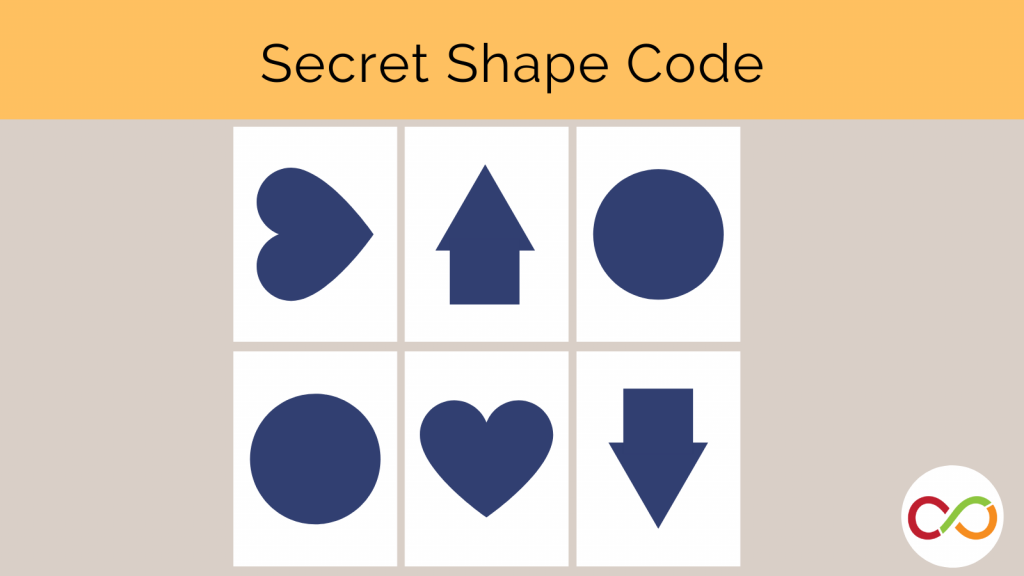Missing Puzzle Pieces
Primary (Age 6 – 9)
Curriculum Goal
Primary: Geometry and Spatial Sense
- Sort and identify two-dimensional shapes by comparing number of sides, side lengths, angles, and number of lines of symmetry.
Context
- The teacher shows a series of images at the front of the class. Students must clearly communicate which piece(s) completes the puzzle.
- This lesson can also be easily adapted to an online environment.
- Teachers may choose to share the slides with their students or not.
- Google Slides file has prompts in the notes section for teachers. Educators may wish to delete these before sharing with students.
Materials
- Puzzle Problems (Appendix A)
Lesson
- Present students with a puzzle problem from the Appendix.
- See individual slides for specific instructions.
- Ask students to think about how they would communicate which piece(s) complete the puzzle.
- If possible, have the students take turns sharing how they know the solution of the puzzle to classmate.
- As the challenges become increasingly difficult, facilitate discussion around the solution.
- Elicit reasoning as to why some pieces could not be possible solutions.
- Move on to the next problem when you feel the students are ready.
- This challenge does not need to be completed in one day.
- This challenge is intended to be revisited, allowing students to strengthen their mathematical spatial language over time.
Look Fors
- Are children using gestures to visualize the shapes in different orientations?
- Are children using accurate directional language when discussing the puzzle?
Share this lesson
Share on facebook
Share on twitter
Share on email


